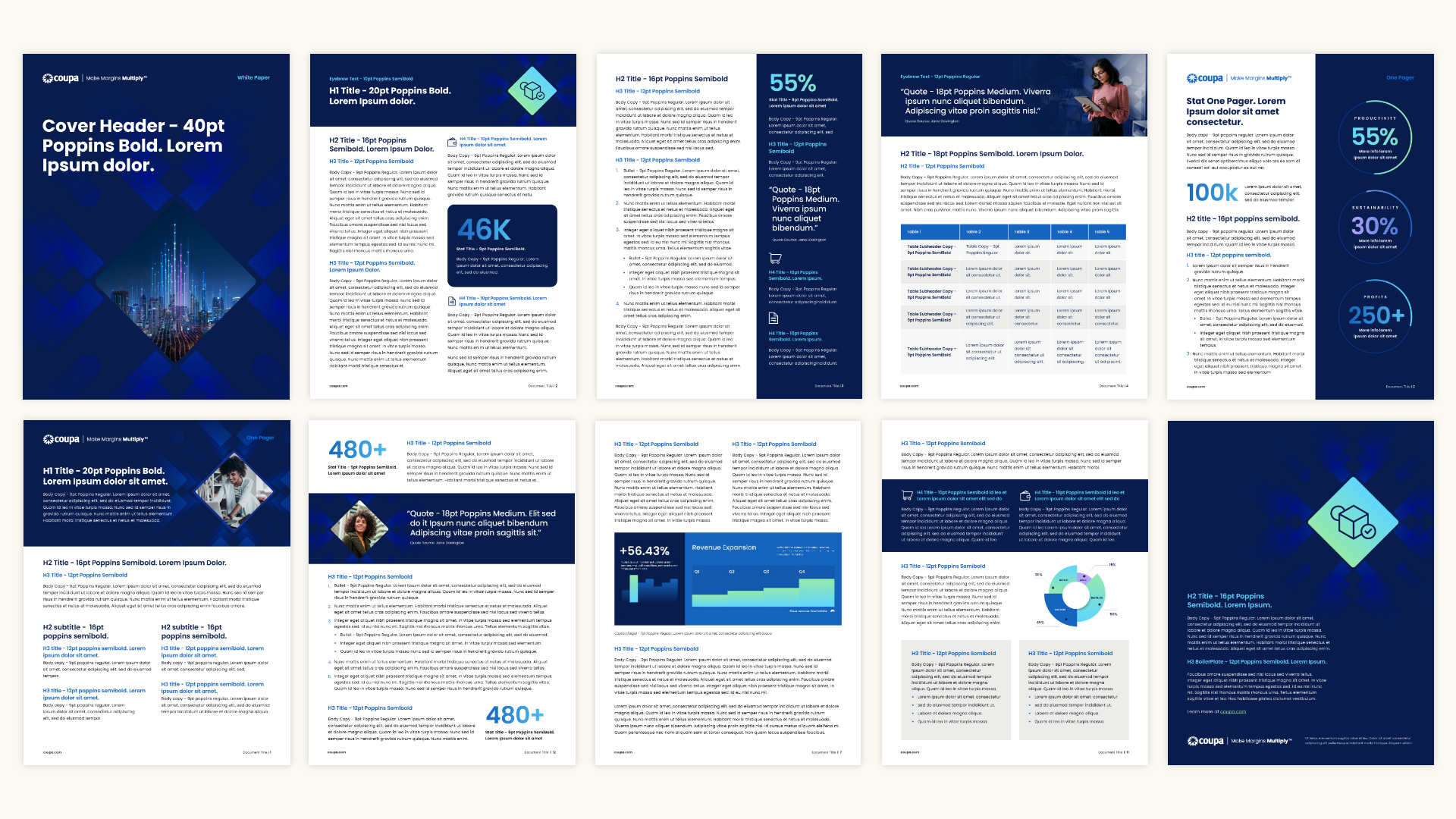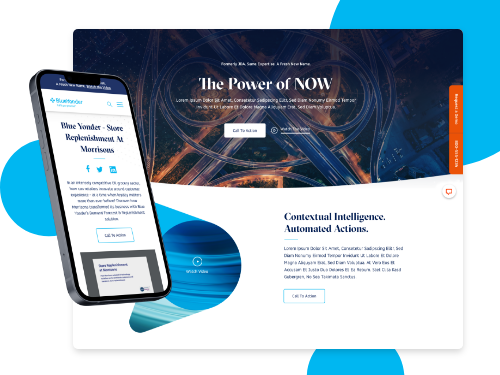In an era of endless claims and digital noise, trust has become the most valuable currency in B2B marketing. Buyers aren’t swayed by bold statements—they’re persuaded by proof. And few forms of proof are as powerful as a well-crafted customer story. But here’s the catch: most brands stop at testimonials when they should be building case studies that sell.
Transforming a testimonial into a data-backed, story-driven sales asset requires more than a glowing quote. It’s about combining narrative, numbers, and design to show—not just tell—the value your solution delivers.
Let’s explore how to elevate your case studies into strategic marketing tools that convert.
From Testimonials to Case Studies: Moving from Opinion to Evidence
A testimonial tells what a customer felt. A case study shows what a customer achieved. That difference—between emotion and evidence—is what separates validation from persuasion.
Modern B2B and GovCon buyers are analytical by nature. They want to know how your solution performs under pressure, scales in real-world environments, and delivers measurable outcomes. Case studies make that possible by structuring the story around three key elements: the challenge, the solution, and the results.
When you frame customer success through that lens, you turn anecdotes into actionable proof. The emotional resonance remains, but it’s supported by logic, structure, and credibility.

Building a Narrative That Converts
Even in technical markets, the most memorable stories follow a simple arc—conflict, resolution, transformation. Effective case studies tap into that psychology.
Start by setting the stakes. What was at risk for your client? What problem did they need to solve? Then, position your brand as the guide—not the hero—that helped them overcome it.
Keep the focus on outcomes, not features. Replace jargon with human language, and use real customer quotes to add authenticity. When possible, complement your narrative with before-and-after visuals or timelines to illustrate progress.
A case study that reads like a story doesn’t just inform—it engages.
Back It Up with Data: Turning Stories into Proof
Narrative sparks interest; data seals the deal. Quantifiable results transform your story from “feel-good” marketing into credible, performance-based proof.
Include concrete metrics like:
- Percentage improvements (efficiency, adoption, or satisfaction)
- ROI or cost savings
- Productivity gains or error reductions
- Implementation timelines
Even if you can’t share proprietary numbers, relative metrics (e.g., “a 40% faster deployment”) still carry weight.
Visualizing that data through motion graphics, charts, or infographics helps audiences process information faster and remember it longer. A single animated stat can often communicate more than a paragraph of text.

Motion Design and Multimedia: Bringing Stories to Life
Today’s audiences don’t just read case studies—they watch, scroll, and interact with them. Adding video or motion design transforms your story into an experience.
Video case studies allow prospects to see and hear real customers explain how your brand made an impact. Motion graphics can simplify complex technical results and visually demonstrate transformation.
Platforms like LinkedIn, YouTube, and your own landing pages are ideal for distributing multimedia case studies. In GovCon and enterprise tech, this format is particularly effective—showing authenticity through real people and real impact builds credibility faster than text alone.
Packaging Case Studies for Sales Enablement
A great case study isn’t just a marketing asset—it’s a sales tool. But to be useful, it has to be modular, visual, and easy to share.
Create short, scannable versions with key stats and quotes for presentations or proposals. Tag each case study by industry, solution type, or agency vertical so sales teams can quickly pull the most relevant stories.
Repurpose sections into one-pagers, slide decks, and short-form videos. The goal: make it effortless for your sales and BD teams to bring your success stories into conversations with decision-makers.

Turning Success Stories into a Scalable Content Engine
The best part about a strong case study? It’s not a one-and-done asset—it’s a foundation for future content.
From one customer story, you can generate:
- A blog post highlighting key takeaways
- A short testimonial video for social media
- An infographic or data card for proposals
- A feature in your next email campaign
When done right, case studies become a self-sustaining engine of credibility—one that consistently reinforces your brand’s expertise and builds momentum across digital channels.
Elevate Every Story with Bluetext
At Bluetext, we help brands transform their customer success stories into conversion-driven marketing tools. Our team combines strategic storytelling, motion design, and data visualization to create case studies that build trust and drive results.
If you’re ready to turn your testimonials into sales tools that actually sell, connect with Bluetext to get started.





